Plan your visit
All practical information for planning your visit to the Vatican Museums: opening hours,
how to get to the museums, where to eat nearby, things to know before the visit, and the must-see masterpieces.
Opening hours
Usual opening hours
Monday to Saturday: 8 am – 8 pm
Last entry: 6 pm
Limited opening hours
24 and 31 December: 8 am – 3 pm
Last entry: 1 pm
Free entry
Almost every last Sunday of the month:
9 am – 2 pm
Last entry: 12:30 pm
Read more about free entry to the Vatican Museums.
Closed
Sundays (except the last Sunday of the month),
1 and 6 January, 19 March, 1 April, 1 May, 29 June, 14 and 15 August, 1 November, 25 and 26 December
<
>
How to get
There is only one entrance to the Vatican Museums that is from Viale Vaticano.
Note that it is 20 min walk from Piazza San Pietro, and it is not through the St. Peter’s Basilica.
You can exit the Museums through the St. Peter’s Basilica only if you go with a guided tour.
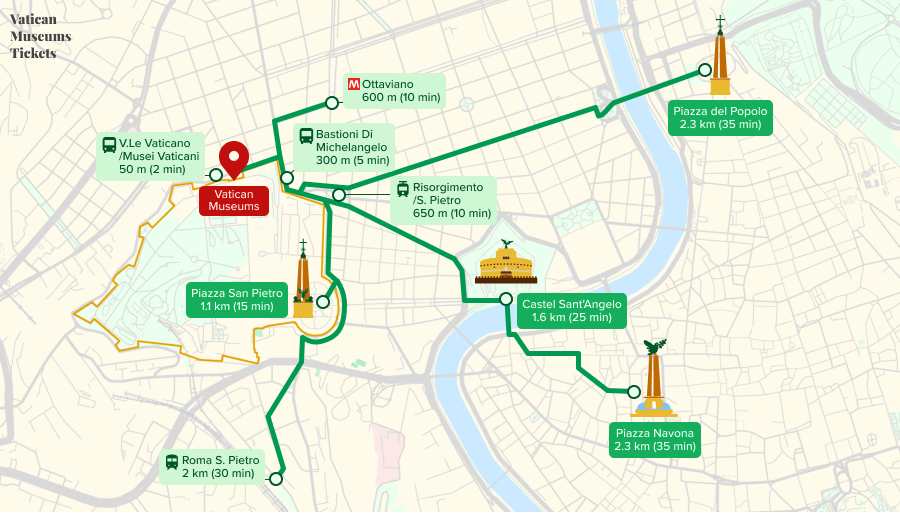
Where to eat near the Vatican Museums
Visiting the Vatican Museums can take a half of your day and you might get hungry. While there is a cafe inside the Museums, you may want to grab a snack before your visit or have lunch afterward.
Restaurants
Il Segreto 4 min
Traditional Italian restaurant bistrot with good selection of wine and friendly service. Try their grilled octopus and pasta cacio e pepe.
La Locanda di Pietro 3 min
Roman-style pasta dishes & Lazio region wines at a cozy traditional trattoria with a shaded terrace.
Ristorante dei Musei 3 min
Typical Roman street-corner pasta joint with a family atmosphere.
Things to know before visiting
the Vatican Museums
The Vatican Museums house an exceptional collection of masterpieces. Highlights include Michelangelo’s Sistine Chapel Ceiling and The Last Judgment, Raphael’s The School of Athens, Caravaggio’s The Entombment of Christ, and iconic sculptures such as the Laocoön Group and Apollo Belvedere. Every gallery offers remarkable works of art.
The Vatican Museums include 54 galleries and showcase over 20,000 artworks. A typical visit lasts 2–3 hours, although art enthusiasts may spend longer exploring. The museums are widely considered a must-visit destination for their unparalleled contributions to art and culture.
It is highly recommended to book tickets in advance to avoid long lines. The best times to visit are early morning, late afternoon, or during the off-season (November to February). Some tours offer early access before the museums open to the public.
The main entrance to the Vatican Museums is located on Viale Vaticano. Visitors with pre-booked tickets can use the fast-track line. Arriving early is advisable to ensure a smoother entry experience.
Visitors are required to dress modestly, covering shoulders and knees. Sleeveless tops and shorts above the knee are not permitted. This dress code allows access to all areas, including sacred spaces like the Sistine Chapel.
Yes, jeans are acceptable as long as they are neat and presentable.
Prohibited items include large bags, luggage, food, drinks, sharp objects, tripods, and professional photography equipment. Security checks are in place to ensure compliance.
A free cloakroom is available for storing large items. Strollers and wheelchairs are permitted, and wheelchairs can be borrowed free of charge, subject to availability.
Photography is allowed in most areas, provided no flash is used. However, photography and videography are strictly prohibited in the Sistine Chapel. Mobile phones must be on silent mode.
If visitors are caught taking pictures in the Sistine Chapel, they will be asked to delete the photos and may be escorted out. Compliance with this rule is strictly enforced.
Filming for commercial purposes or movies requires prior authorization. Unauthorized filming is not permitted.
Yes, the Vatican Museums feature several cafes and restaurants where visitors can enjoy refreshments, snacks, or meals during their visit.
Must-see masterpieces
The Museums have approximately 70,000 art pieces, of which 20,000 are on display. It's nearly impossible to explore everything in one visit, but there are masterpieces that you definitely want to see.
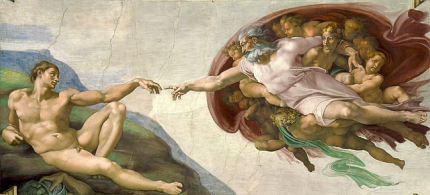
The Creation of Adam
, fresco, (1508–1512)
Ceiling of the Sistine Chapel
Michelangelo's iconic fresco captures the moment when God gives life to Adam with a nearly touching finger. Its dynamic composition and emotional power make it one of the most recognized and celebrated artworks in human history.
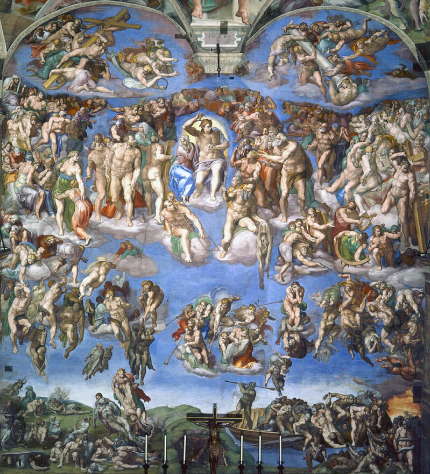
The Last Judgment
, fresco, (1536–1541)
Altar wall of the Sistine Chapel
Michelangelo's breathtaking fresco captures the drama of humanity's final reckoning with unparalleled detail and emotion. The dynamic figures, from the saved to the condemned, showcase his mastery of anatomy and storytelling, leaving a lasting impression of awe and introspection.
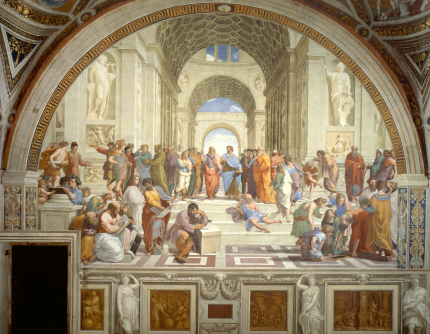
The School of Athens
, fresco, (1509–1511)
Raphael Rooms, Stanza della Segnatura
Raphael's masterpiece celebrates philosophy and knowledge, depicting great thinkers like Plato and Aristotle in a grand, harmonious setting. Its perfect perspective, lifelike figures, and symbolic depth make it a triumph of Renaissance art and intellectual achievement.
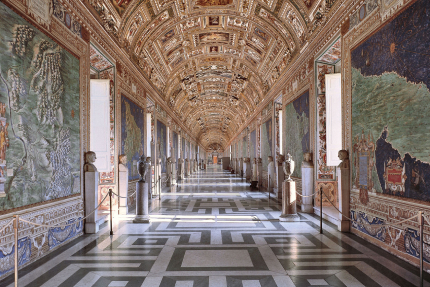
Geographical maps
, frescoes, (1580–1585)
Gallery of Maps
Ignazio Danti's frescoes transform geography into art, depicting 16th-century Italy in stunning detail and vibrant colors. Spanning the entire Gallery of Maps, they showcase the craftsmanship and scientific knowledge of the time, offering a breathtaking journey through history and cartography.
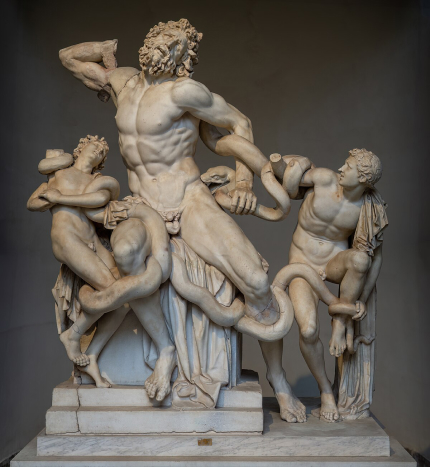
Laocoön and His Sons
, marble statue, (40–30 BC)
Museo Pio-Clementino
This dramatic marble sculpture captures the agony and heroism of Laocoön and his sons as they struggle against sea serpents. Renowned for its lifelike detail and emotional intensity, it exemplifies the mastery of ancient Greek art and the timeless power of storytelling in stone.
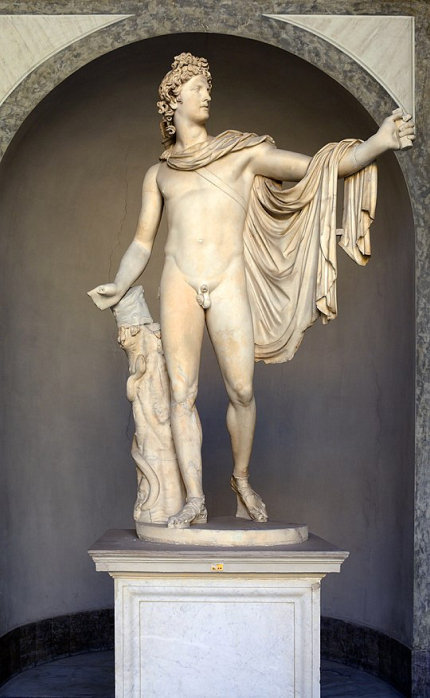
Apollo Belvedere
, marble statue, (2nd century AD)
Museo Pio-Clementino, Octagonal Court
The graceful marble statue embodies classical perfection, portraying Apollo with serene elegance and dynamic movement. This Roman copy of a lost Greek original symbolizes beauty, harmony, and the ideals of ancient art, inspiring artists and viewers for centuries.
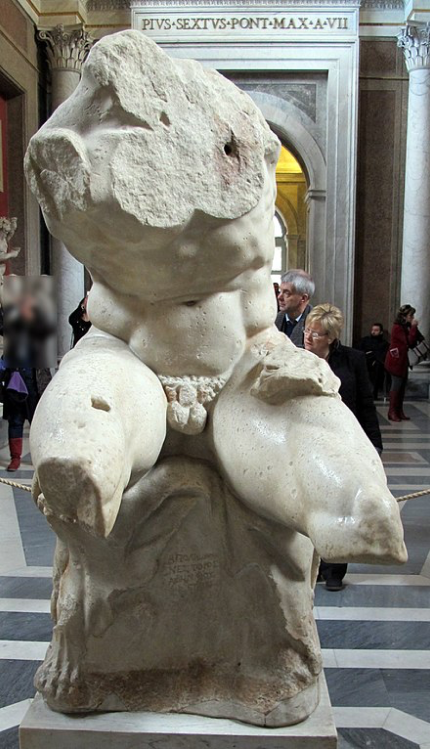
The Belvedere Torso
, marble statue, (1st century BC)
Museo Pio-Clementino, Hall of the Muses
This fragmentary yet powerful sculpture captures the raw strength and tension of the human form. Revered by Michelangelo and other Renaissance artists, its dynamic anatomy and expressive detail have influenced art for centuries, showcasing the timeless genius of classical sculpture.
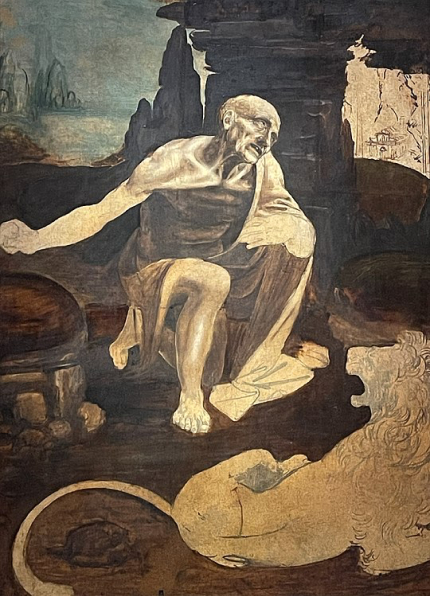
Saint Jerome in the Wilderness
, oil on wood, (1480–1490)
Pinacoteca, Room IX
The unfinished masterpiece by Leonardo da Vinci, this painting reveals the artist's genius through its emotional depth and meticulous anatomy. The raw, introspective portrayal of Saint Jerome highlights Leonardo's ability to blend human emotion with divine contemplation.
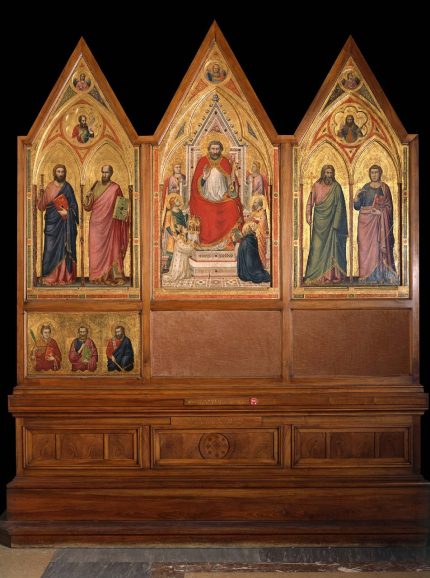
Stefaneschi Triptych
, tempera on wood, (1315–1320)
Pinacoteca, Room II
This exquisite triptych showcases the transition from Medieval to Renaissance art with its vibrant colors and lifelike figures. Revered for its emotional depth and innovative use of perspective, it beautifully illustrates sacred themes and Giotto's mastery of storytelling.
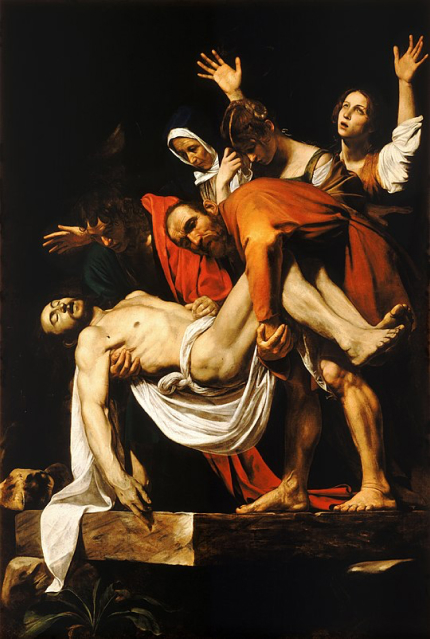
The Entombment of Christ
, oil on canvas, (1603–1604)
Pinacoteca, Room XII
Caravaggio's masterpiece captures raw human emotion and divine sorrow as Christ's body is laid to rest. With dramatic lighting and lifelike figures, it revolutionizes religious art, drawing viewers into the scene's profound grief and humanity.
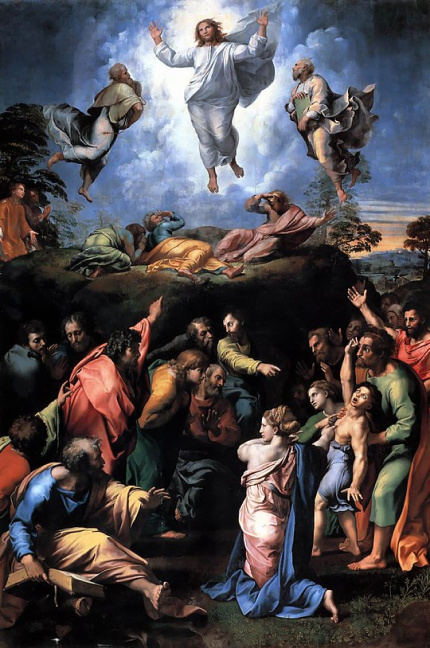
Transfiguration
, tempera on wood, (1516–1520)
Pinacoteca, Room VIII
Raphael's final masterpiece unites the divine and human realms in a stunning composition. The radiant Christ above contrasts with the turmoil below, showcasing Raphael's unparalleled ability to convey spiritual power and emotional depth—a pinnacle of Renaissance art.
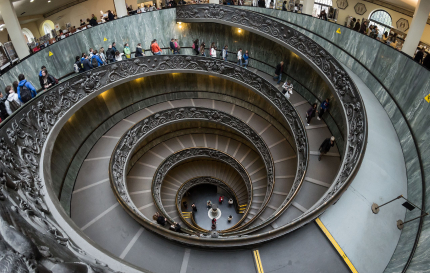
Bramante Staircase
, double helix staircase, (1932)
Pio-Clementino Museum
This impressive staircase, inspired by the original Bramante's Staircase built in 1505, features a unique double helix design that blends beauty with practicality. Its flowing spirals evoke a sense of endless motion and progress, making it a striking example of innovative engineering within a historical context.